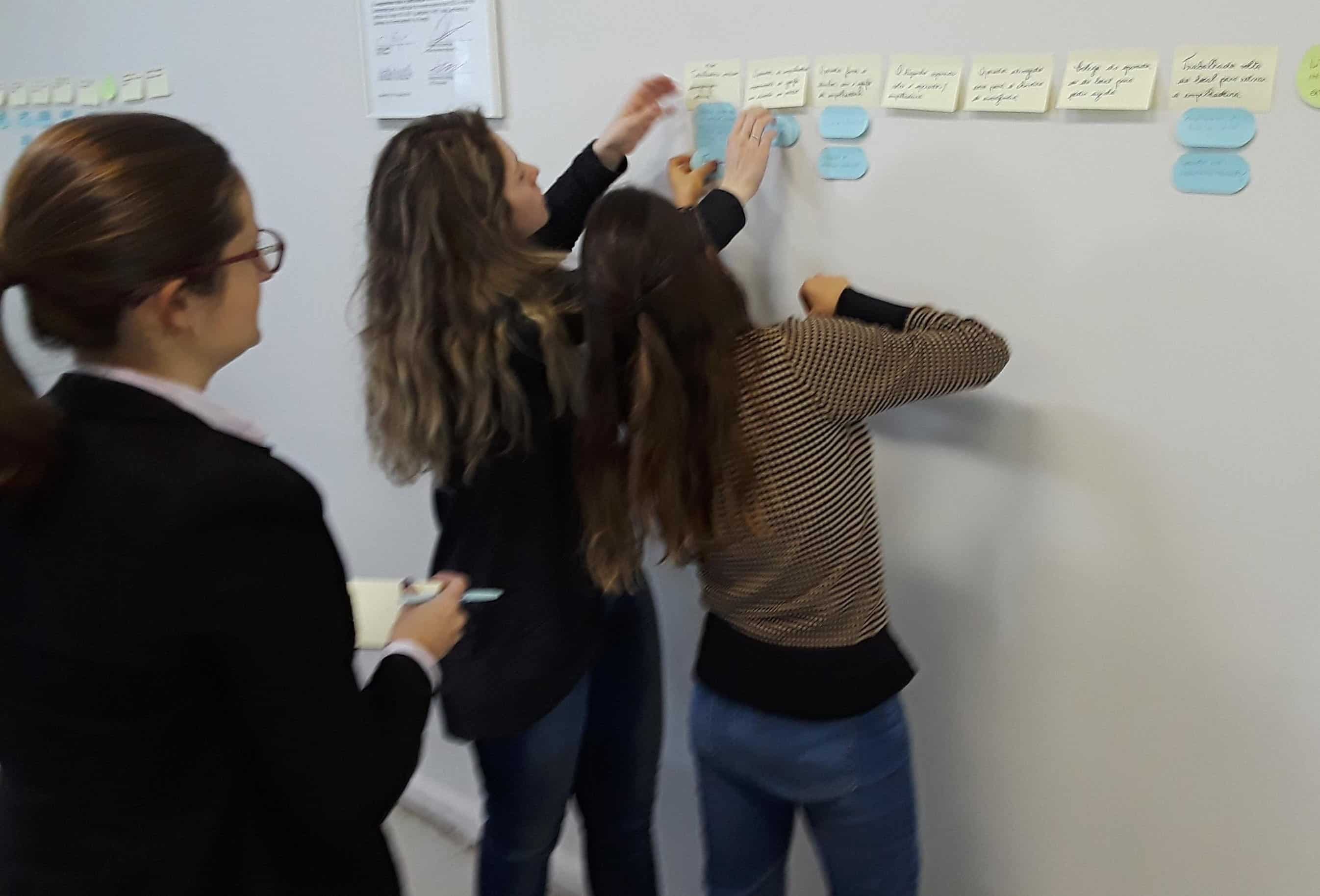The RaDonda Vaught Case: Moving Past Blame and Punishment

If you, a family, or a friend are in healthcare, you have probably heard of RaDonda Vaught. She was recently charged with criminally negligent homicide and abuse of an impaired adult after administering the wrong medication to a patient. She thought she was giving the patient Versed, a sedative, but administered Vecuronium, a strong paralytic. The patient lost her ability to breathe, call out for help, and eventually expired. If you only look at this terrible event on the surface and don’t investigate thoroughly, it’s easy to place blame.
Are your investigations only identifying WHO made a mistake?
When you don’t investigate and analyze the evidence well, you have little hope of finding the real root causes of the problems that lead to incidents. If your investigation only identifies who made the mistake that caused an incident, your only option is to try and fix the person who made the mistake by administering punishment, retraining them, or rewriting policy and procedures so they are “idiot-proof.” But unfortunately, that is fool’s gold. Most likely the mistake wasn’t made out of malice or because they weren’t trained. It’s more likely someone tried to get the job done under difficult circumstances and it didn’t work out. They tried their best but a hole in the systems allowed the mistake to happen or didn’t allow it to be caught. If you don’t know the real situation, it is hard not to place blame and punish the person who made the mistake.
Every investigation should lead to system improvements.
Root causes are the absence of best practices or knowledge that would have prevented the problem. Those missing best practices or knowledge are system weaknesses. The system weaknesses or root causes are holes that trip people up. Investing in a standardized, effective, and defensible RCA methodology, like TapRooT®, pays dividends. It helps your team identify the weaknesses or holes in your system and fills them by introducing best practices or knowledge through impactful corrective action.
Let’s look at a wrong medication error that was in the news recently. A healthcare worker, Mrs. Vaught, was blamed and charged with criminally negligent homicide and abuse of an impaired adult after administering the wrong medication. Unfortunately, blame and punishment lead to repeat incidents because punishment is a very, very weak corrective action. It doesn’t fix the system weaknesses that allow people to fail. It only punishes the person involved but doesn’t fix the real root causes which leaves the risk of history repeating itself.
Using TapRooT® Root Cause Analysis, we found NINE problems that led to this tragic incident.
When we took the wrong medication error through the TapRooT® process, it became clear that the systems and safeguards designed to protect the patient and Mrs. Vaught failed them both.
For example, most healthcare organizations depend on scanners and bar codes on patient bracelets and medication vials to ensure the right medication is given. But in this case, Mrs, Vaught couldn’t find a scanner to use in the area of the hospital where the patient had to receive the medication. So instead of concentrating on administering the medication, Mrs. Vaught spent her time and mental resources trying to figure out how to follow the scanning policy without a scanner. She looked through the department but couldn’t locate one. During the investigation, it was found out that the manager of this department requested a scanner 5 times before this incident and once after, and each request was denied. Scanners were in all the other areas of the hospital. If a scanner was available, Mrs, Vaught would have used it and the patient wouldn’t have died.
Using the TapRooT® process, we found the scanner issue AND EIGHT other problems that directly caused this incident. The scanning problem was only one of nine. All nine problems were caused by system weaknesses and NOT because of malicious intent, poor training, or unclear policy and procedures.
Every TapRooT® investigation leads to system improvements because your investigation and RCA process takes you beyond blame and punishment. TapRooT® will help your team identify system weaknesses. And TapRooT® helps you create more impactful corrective actions that improve human performance by improving the systems they work under.

Learn more.
If you are interested in knowing the other eight problems the TapRooT® RCA process identified and their respective root causes, feel free to contact us through this link: contact TapRooT®. Simply let us know if you would like to learn more about the wrong medication error findings and I’ll be sure to schedule time with you over a web meeting to discuss.
If you want to learn more about RaDonda Vaught’s story, consider attending the 2023 Global TapRooT® Summit. She will share her experience on Wednesday, April 26, 2023 at 10:20 am.



